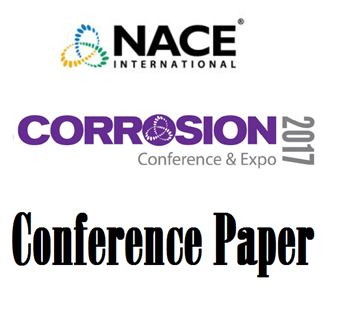Search
07655 A Mechanistic Model of H2S Corrosion of Mild Steel
Also Purchased
Electrochemical Model of Sour Corrosion of Mild Steel - Validation at High H2S Partial Pressures
Product Number:
51317--9098-SG
ISBN:
9098 2017 CP
Publication Date:
2017
$20.00
11081 Corrosion at Higher H2S Concentrations and Moderate Temperatures
Product Number:
51300-11081-SG
ISBN:
11081 2011 CP
Publication Date:
2011
$20.00
03341 CORROSION IN MULTIPHASE FLOW CONTAINING SMALL AMOUNTS OF H2S
Product Number:
51300-03341-SG
ISBN:
03341 2003 CP
$20.00
Recently viewed




